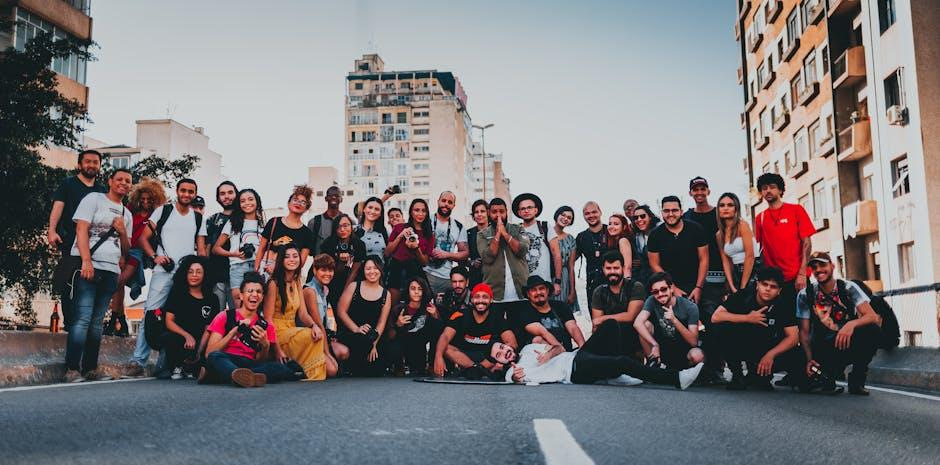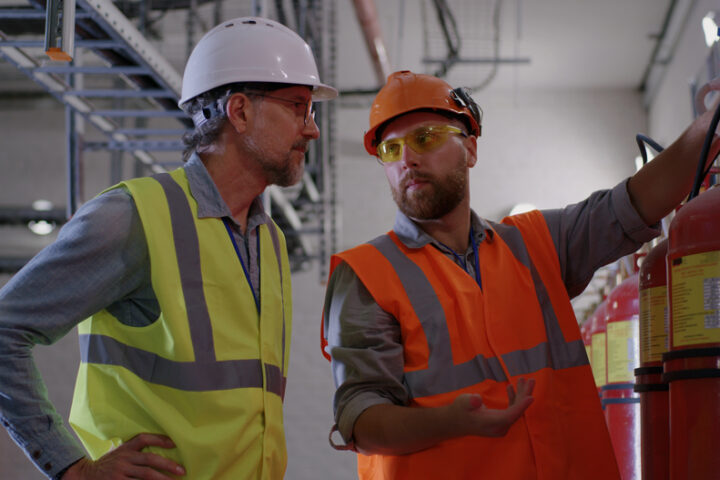Every great public gathering, from city marathons to open-air concerts, owes its success not just to planners or dazzling venues but to the beating heart of the operation—the team on the ground. Behind every smooth entry queue or seamless security check stands a crew that knows its roles and executes with precision. But how do organisers move past merely “getting enough hands” to building a crew that can handle anything thrown at them? It’s never as simple as picking names from a list. The real challenge is assembling people who work as one unit, regardless of the circumstances.
Recruitment Done Right
Picking staff isn’t a numbers game, though many treat it like one. Go down that road and chaos follows—missed cues, slowdowns, confusion everywhere. The difference between headache and harmony starts with selection. Not surprisingly, tapping into specialists makes all the difference; for example, using a London Staffing agency introduces access to experienced candidates who’ve worked at massive events before. A good agency doesn’t just fill gaps—they bring in people who know where to stand when crowds surge and aren’t fazed by last-minute changes. Experience counts more than raw enthusiasm here; reliability always trumps charm.
Clear Roles Beat Job Titles
Titles mean little during the heat of an event if nobody understands their job boundaries. Too often, teams stumble because roles are unclear—one person doesn’t hand off information because “that’s not my department,” and another steps over lines trying to help. Clarity fixes this before it festers: everyone needs crisp instructions about duties and escalation paths for problems. It’s not authoritarian—it’s efficient. When emergencies strike (and they will), hesitation evaporates if everyone is primed about who handles what situation and when.
Training Forges Confidence
Here’s something often overlooked: even veterans can mess up without proper preparation for this event, not just last month’s or last year’s version of it. People assume familiar faces require no briefing; disaster loves that attitude. Teams must drill together, walk through the site beforehand, and practice at least some routines under realistic pressures (including those unwelcome curveballs). Familiarity breeds confidence; shared training means fewer crossed wires once doors open to the public and far less finger-pointing later.
Communication is Oxygen
Forget walkie-talkies—communication isn’t just gadgets or jargon tossed over radios every five minutes. Real communication means updates get through clearly when noise blares and tempers flare; feedback actually flows upward when things go wrong instead of bottling up until later complaints explode in reviews or paperwork battles. Smart crews communicate constantly: sending short messages, issuing heads-up signals as conditions evolve, and conducting rapid problem checks so leaders can act early rather than firefighting late in the game.
Conclusion
There’s no magic formula—only hard lessons learned again and again each season: pick people carefully, make jobs clear, insist on actual training together, and never stop refining channels for staff updates on site. Public gatherings will always have surprises lurking in their corners; a world-class crew won’t eliminate these risks but will react faster—and recover smoother—than any set of disconnected freelancers could ever hope for. Trust in process beats blind luck every single time.







